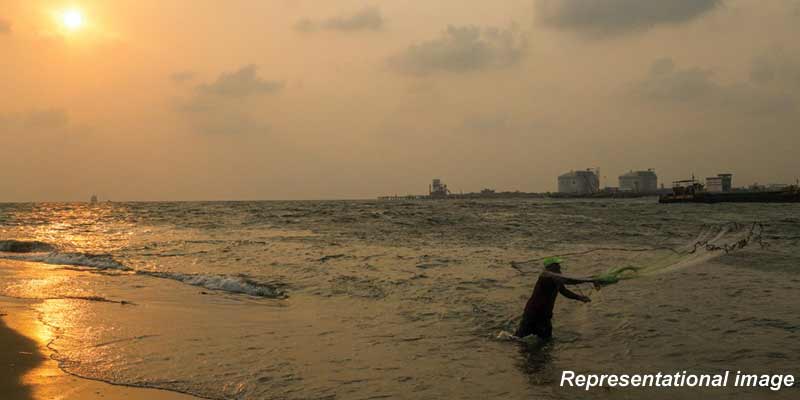- India
- Jul 09
- Kevin Savio Antony
What is ‘kallakkadal’?
• The coastal areas of Kerala and Tamil Nadu are likely to experience the ‘kallakkadal’ phenomenon — the sudden swell of the seas causing rough waves — and high tides, according to the weather agency.
• Indian National Centre for Ocean Information Services (INCOIS), the central agency that issues weather warnings for fishermen in the country, advised people to safely moor their fishing vessels in the harbour.
• It advised coastal people, living in accident-prone areas, to relocate to safer places in view of possible danger.
What is ‘kallakkadal’?
• The word ‘kallakkadal’ is derived from two Malayalam words — kallan (thief) and kadal (sea).
• The word is used to describe the situation when the ‘thief-like’ sea waves lash the coastal areas, sometimes causing severe flooding and devastation.
• Such flash floods occur even without any noticeable change in local wind or coastal environment.
• The phenomenon, considered to be a result of growing climate change, is characterised by high sea waves and it occurs mostly during pre-monsoon or post-monsoon season.
• Sometimes, the phenomenon continues for a few days and the water level during high tides can reach as much as 3-4 metre above the maximum water level.
• Though kallakkadal used to emerge without any prior warning, the INCOIS in 2020 launched an early warning system called the Swell Surge Forecast System.
• The new system can give a 7-day advance warning.
Why is kallakkadal different from tsunami?
• It is important to distinguish kallakkadal from tsunamis, as they have different causes and characteristics.
• While kallakkadal is triggered by strong winds and results in sudden high waves, tsunamis are caused by underwater disturbances such as earthquakes.
• Tsunamis typically have smaller wave heights offshore but much longer wavelengths, often extending hundreds of kilometers compared to the shorter wavelengths of ocean waves.
• Understanding these differences is crucial for implementing appropriate measures to mitigate the impact on coastal communities.
(The author is a trainer for Civil Services aspirants.)

